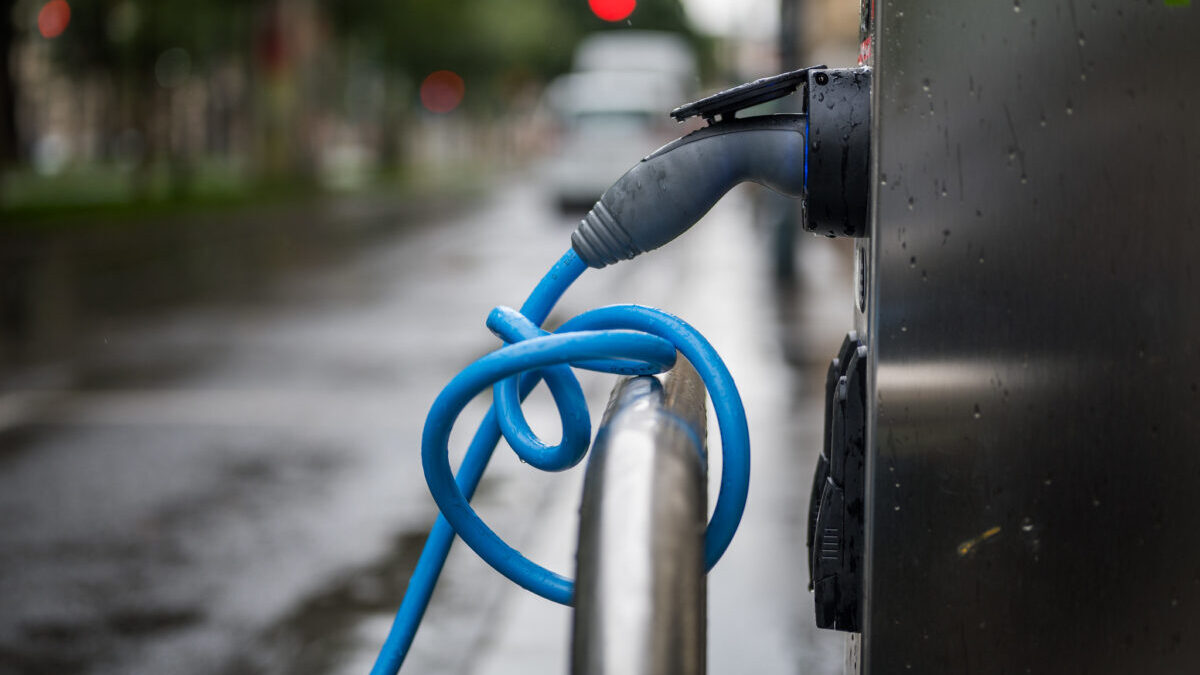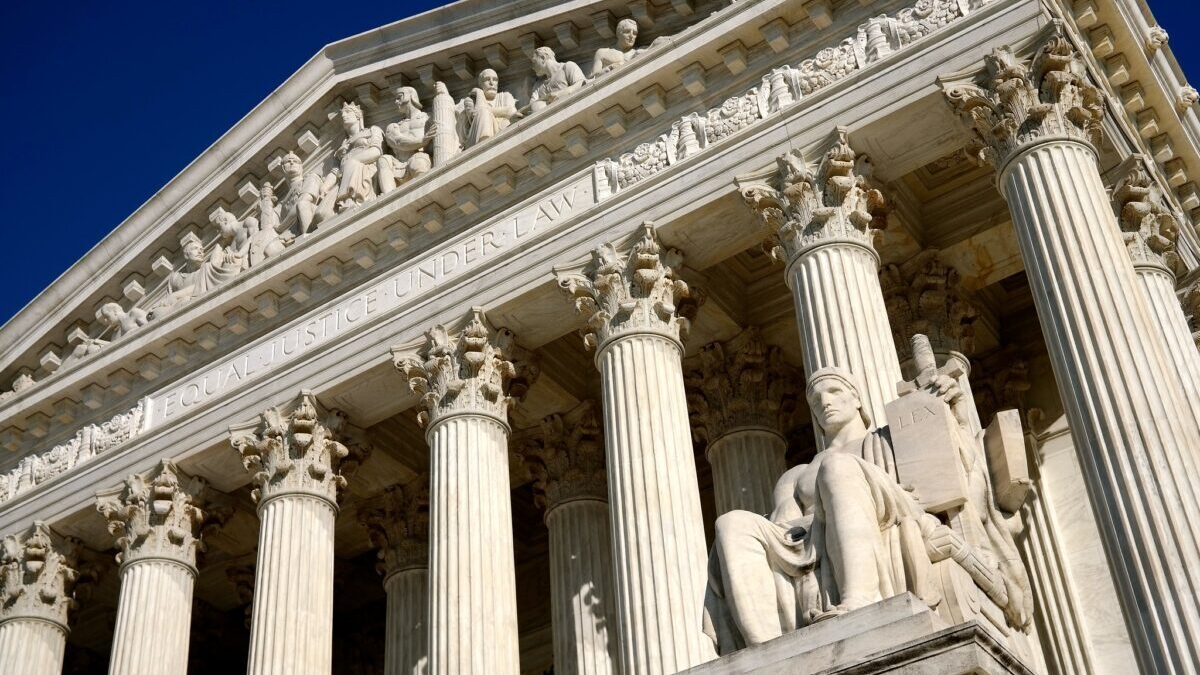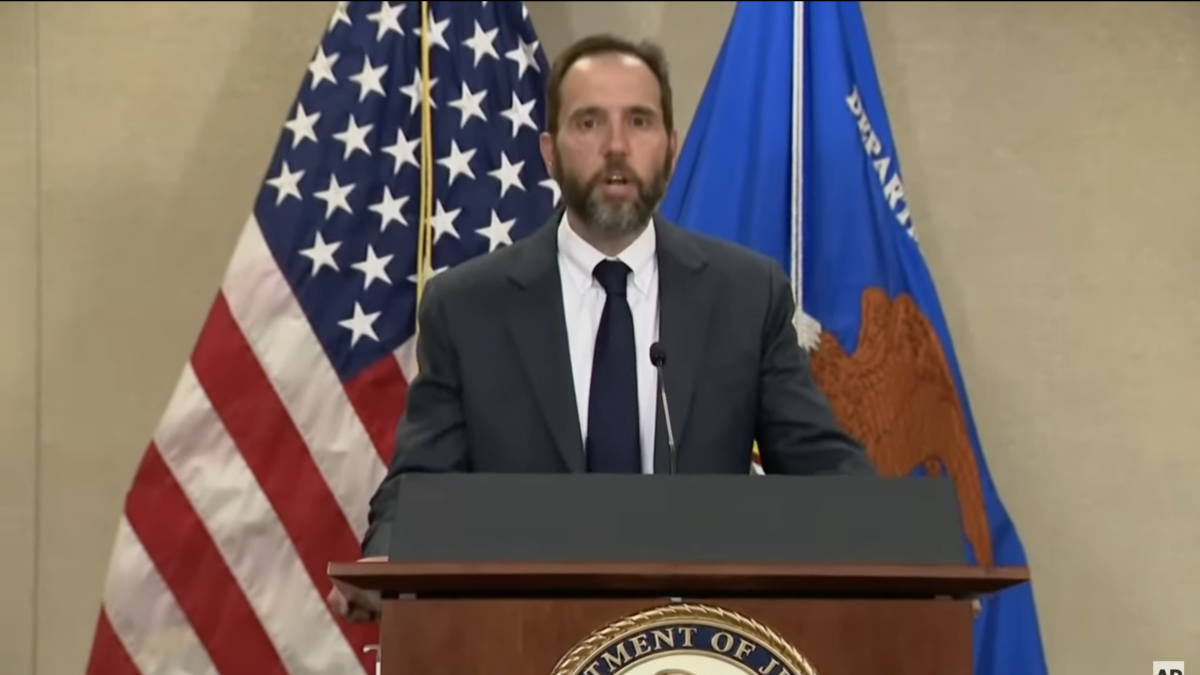There are two ways of legally winning elections. You can mobilize your current voting base and get them to the polls, or you can persuade voters who are not in your current voting base to go to the polls and vote for your candidate. It is no secret that Democrats have come to favor election strategies based on voter mobilization rather than persuasion over the last 10 years.
Democrats have enough trouble with Joe Biden’s dismal poll numbers and signs of a worsening economy. But being committed to a base mobilization strategy when the base is unstable or shrinking could spell serious trouble for Democrats in November. The factor that administers the coup de grace to their 2024 election plans could well be the fracturing of the college-age youth vote on the rocks of the Israel-Palestine conflict.
An increasingly restless college-age youth cohort exposes the Achilles heel of the Democrats’ mighty “nonpartisan” voter registration and mail-in ballot-harvesting cartels. These institutions are highly effective in mobilizing a fixed or growing voter base, but such practices become increasingly ineffective as the base becomes more unstable. In the meantime, Democrats have neglected the persuasion strategies needed to rebuild their base.
How Democrats Mobilize Their Base
The guiding lights of the Democrats’ voter mobilization strategies over the last decade have been scholars such as Cass Sunstein, Sasha Issenberg, and a growing army of young data scientists employed by think tanks and philanthropic institutions that provide intellectual and practical guidance to Democrats in managing elections. They have helped Democrats modernize their election strategy by promoting the use of cutting-edge social science and data analytics to better understand voters and boost turnout.
The most important thing Democrat data scientists have been up to over the last 10 years, especially with their data and statistics-driven expansion of mail-in voting and ballot harvesting, has been to reduce variable turnout as a problem for Democrats in national elections.
A major part of the Democratic base is the so-called “New American Majority” coalition, which consists of minorities, college-age youth voters, and unmarried women. This is the portion of the electorate that Democrats expect to count on under normal circumstances to be solid Democrat voters.
The problem with New American Majority voters is that while they may be faithful Democrats, they are notoriously unreliable when it comes to getting to the polls and voting in person. Black voters have been very loyal Democrats for the last 75 years when it comes to partisan affiliation, but their turnout rate is often low compared to other demographics and subject to a degree of variability that has been a cause for concern among Democrats for decades.
Turnout concerns are greatly diminished under the regime of mail-in voting that Democrats now manage in key swing states such as Michigan, Pennsylvania, and Arizona. Shepherding mail-in ballots through the system relies on the initiative and energy of election activists rather than the initiative of voters, who can be astonishingly difficult to motivate to vote in person.
Big nonprofit money and ideologically motivated election activists are substituted for voter initiative in this scheme, and voter enthusiasm is largely eliminated from the “turnout” equation as “voters” become passive participants in a vote-by-mail election, guided and directed by Democrat “shadow party” functionaries, community organizers, and neighborhood political bosses.
This strategy has paid enormous dividends for Democrats in 2020 and 2022. Our research suggests that the $335 million Center for Tech and Civic Life blowout and mail-in ballot free-for-all during 2020 played a decisive role in swinging the 2020 election toward Joe Biden. James E. Campbell’s “Breakwater” theory of the 2022 election convincingly suggests that the Democrats’ mail-in ballot regime stanched the expected red wave in key states in 2022.
Gathering Clouds
When the base is unstable, efforts to chase mail-in ballots (or register voters) using the “nonpartisan” techniques required of 501(c)(3) nonprofits by the U.S. Tax Code expose Democrats to some intractable vulnerabilities.
Over the last month, some Democratic strategists and donors have begun to acknowledge these vulnerabilities. In a recent blog on his website, Democrat adjacent journalist and statistician Nate Silver neatly summarizes the Democrats’ problem of being stuck in base mobilization mode as the election draws nearer, and the Democrat base is threatened by restless college-age youth and minority voter defections. He adds:
Democrats usually assume that they win elections though turnout rather than persuasion. It’s not a crazy proportion, by any means. But it looks like a losing approach for 2024.
But the widespread assumption among Democrats that they can just run back their 2020 strategy or take a page from the Obama 2012 playbook appears to be flawed. There are still plenty of swing voters, and they’re swinging toward Trump.
In the meantime, a surprising story appeared in The Washington Post about panicked Democrat donors as they realize that some of the opulent and lavishly funded nonprofits they use to register voters — and by extension to harvest and canvas mail-in ballots — are rendered ineffective when voters are switching sides, in this case from Joe Biden to anybody else.
The internal memo cast doubt on whether the party should continue using nonprofits to register unregistered voters over fears it could help Trump by registering potential Trump or third-party voters. This is the same problem that arises in connection with mail-in votes with an unstable, changing base. Ballot harvesters cannot be nearly as sure that the mail-in ballots they are harvesting in a particular place are Joe Biden ballots, as opposed to Trump ballots, or those of a third-party candidate.
If the number of Biden and Trump voters is even beginning to approach parity in a particular location, then nonpartisan ballot harvesting and voter registration efforts could likely be ineffective, if not counterproductive, in significantly increasing Democrat vote margins.
That is what appears to be happening now in national polling, with potentially serious college-age youth (and minority) defections from the Democratic base that the party seems unable to stanch. Even if disaffected youth do not switch to Trump, it will be enough for a segment of them not to vote for Biden to hand the 2024 election to Donald Trump.
The last thing Democrats need right now is anything that will turn their prized deep-blue university towns into more purple demographics, but it increasingly looks like that is exactly what they will be getting in 2024.
Reality Bites Democrats
After the disappointments of 2020 and 2022, Republicans are perhaps too much in awe of Democrats’ ability to swing elections through the activation of their “shadow party” of activist lawyers, high-powered media scribes, community organizers, and process-oriented election nonprofits and foundations.
Election-integrity proponents have argued repeatedly that the Democrats’ election activists have assembled a formidable election machine over the last 10 years, but it is not invulnerable. I predict that the fundamental problem of unexpected partisan shifts within the base is likely to become the obsession of Democrat strategists as the election approaches.
The fact is that Democrats will ultimately have to submit to real-world statistical realities and give up the delusion that “saving our democracy” or some such magical thinking will save them this fall. The ROI of ballot harvesting a D+29 student demographic, such as existed in the 2020 election, is far higher than the ROI in a D+5 student demographic, which is more reflective of the reality that Democrats are likely to face this fall.
The reality is that Democrats are weaker than they have been for at least 10 years, and they are going to become even weaker, as current economic events and an increasingly intransigent cadre of far-left activists chip away at their base. Do not expect a repeat of 2020, when Bernie Sanders, I-Vt., somehow persuaded his followers to fall in line behind Joe Biden and not make trouble for party bosses.
Meanwhile, Democrats’ mail-in ballot canvassing and harvesting machine will have to do without the $330 million in Center For Tech and Civic Life (Zuckbucks) money that was on offer in 2020, and will be operating in a system where Republicans are more attuned than ever to potential Democrat “dirty tricks,” and are reportedly eager to mount their own rapid-fire legal campaigns against creative Democrat interpretations of election law.
Republicans who have been “blackpilled” into losing hope of winning future elections by Democrats’ almost miraculous ability to win through the use of mail-in ballots may be in for an unexpected surprise this fall.









